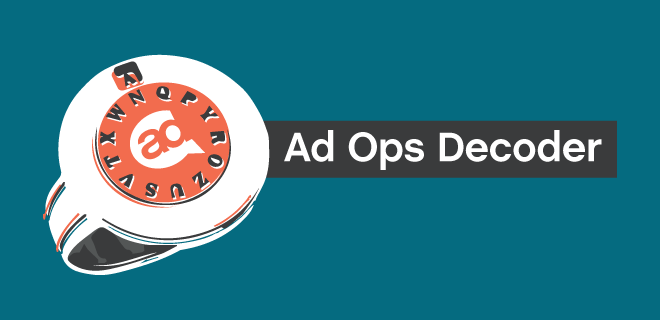
Blockchain is commonly referred to as a ledger—a shared, decentralized database, made up of so-called “blocks,” which are just hashed records of transactions. In each block, which is permanent and can’t be altered after it’s logged, you have a timestamp and a link to an earlier block. That gives participants a straightforward audit trail—and because it’s decentralized, autonomous, and secured by cryptography, it’s not biased by design toward any particular participant or third party.
Blockchain was initially developed to serve as the common ledger for bitcoin, and as such it’s often associated with cryptocurrencies. But it has broader applications, including for digital advertising. In the ad ecosystem, the blockchain can be a ledger for logging all data related to an ad impression.
Blockchain is one possible solution for several related issues that allow fraudulent activity into the marketplace and complicate the detection and future prevention of ad fraud. As it stands, digital advertising at large functions via relationships between buyers, sellers and third-party vendors, with no centralized marketplace or database. The idea is that blockchain would seal the exploitable gaps between entities along the supply chain, and because no one party owns it, it would provide transparency.
Ad tech veteran Ken Brook III spoke at AdMonsters’ Publisher Forum 41 in Palm Springs in March of 2017. MetaX, the company of which Brook is founder and CEO, relies on a not-for-profit blockchain protocol. The video below, from MetaX, explains the applications of blockchain for digital advertising a little further: